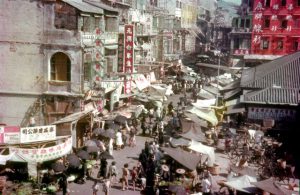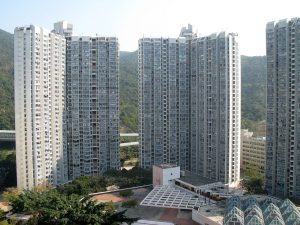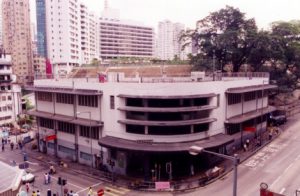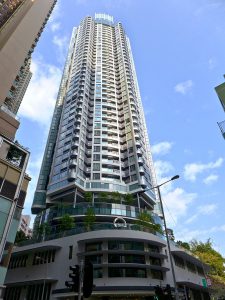Market – Living: market based public housing development
|
Public housing has been the major policy carried out by the Hong Kong government to improve people’s well-being. Multiple design improvements are tested during the last 5 decades to help create better communities in public housing estates. However, one important aspect is missing – the street market. To me, the origin and the core of Hong Kong’s community living comes from the life around street market. Context In old times, the street market starts and expands spontaneously for the convenience of the residents. The shops are located at the ground level and various in type according to the needs of the people. Unlike the simplex buying and selling relationship nowadays, there are multiple connections between the shop owners and the residents. They exchange information, talk gossips, and that’s how the community forms and grows. (fig 1) In districts like Jordan, Mong Kok, Yau Ma Tei etc. street market is still a vibrant and active part of the local community. While in current public housing estates, a place for spontaneous communications between residents to happen is missing. (fig 2) Thus, my thesis aims to explore a type of public housing that originates from the street market (in terms of scale and program).
Fig 1. The street market scence in old time
Fig 2. view of the Hang On Estate in Ma On Shan, like what we usually see in the public housing estates Statement Instead of building large housing estates, I would like to propose a type of public housing as smaller scale projects, combining both dwelling and living programs (ie. markets) in one building. On the one hand, this is more integrated with the local district, on the other hand, this is also a way of extending the life of old street market, hence inheriting the spirit of community living. Project The project that I would like to work on to test out the thesis proposal would be the redesigning of the redevelopment of the old Wan Chai market. The old Wan Chai market was built in 1937 (fig 3), and continued being active and vibrant until it was demolished for a private housing development in 2008 (fig 4). Though, the facade and front of the historic market building was preserved, there’s nothing left to remind us of the lively market before, and its connection to the surrounding communities are cut. The building lost its identity as its role and function was taken away. More of this situation are expected to happen. We can not turn down the development of housing, but maybe we could let it happen in a better way. How can we incorporate the market program into housing design just as the street market are incorporated with people’s daily life?
Fig 3. the old wan chai market
Fig 4. the redevelopment carried out by a private developer
Processes:
References: Housing Authority, Government of Hong Kong. Public Housing Development, 1950s – now.
Paul Yip. How Hong Kong’s Public Housing enhances people’s well-being. South China Morning Post, 2015/07/01
The decline of old Hong Kong street market and the lost of community spirit (香港旧式街市之消逝与社区精神之失落) Bluebalu, Living in Hong Kong. The Old Wan Chai Market, 2015/03/24 |



